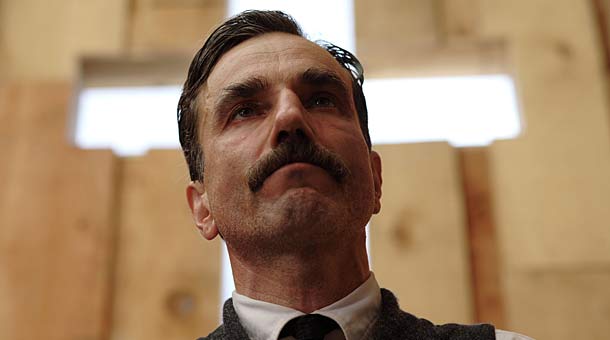
What would cinema look like without its characters? Well, aside from some standalone examples, there wouldn’t be a cinematic landscape at all. At its core, cinema is about characters and their actions. When basing on a well-researched script, the movie could be understand as a study of the protagonist’s psyche and his doings.
Together with sound design, cinematography and the use of music, a movie could paint a very precise and concrete picture of a character. There’s no doubt the 20th century offered hundreds of first class examples of these, but likewise, the 21st century has some excellent examples to offer. The following list will present 10 of them.
10. Monster (Patty Jenkins)
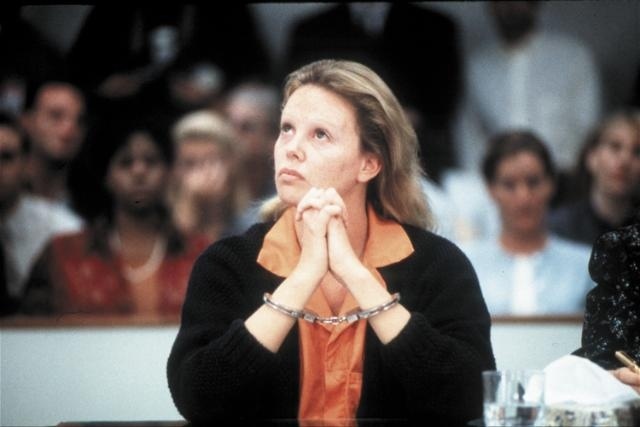
Just like the movies protagonist, this film is an outsider, separated from the other entries on this list. Instead of following a fictional character, “Monster” tells the real life story of serial killer Aileen Wuornos, who eventually killed seven men between December 1989 and November 1990. After being arrested, she spent 12 years on death row, followed by her death through lethal injection.
The movie though focuses on the time of her committed murders and her lesbian relationship to the immature Selby. Working as a prostitute since the age of 13, Wuornos sees herself as a victim of society and the rough environment she is constantly confronted with.
After being brutally raped by one of her customers, she kills her tormentor and turns herself from being in the victim’s role into a woman full of power. Infected by this feeling, she starts a down-and-dirty campaign of vengeance against men, who think they could buy a woman’s body and maltreat them as they please.
The movie draws a well-constructed picture of Wuornos’ polarized psyche and the Ouroboros-like circle of victimization in which she is living. Being the loving protector of her young girl while killing several men – even innocent ones.
The Oscar-winning performance by Charlize Theron is just stellar and will echo in the annals of cinema history forever. The only element one can blame the movie for are the volitional attempts to justify Wuornos’ actions. Nonetheless, the movie gives interesting insight into the mind of a pop-culture-turned serial killer of modern days.
9. The Childhood of a Leader (Brady Corbet)
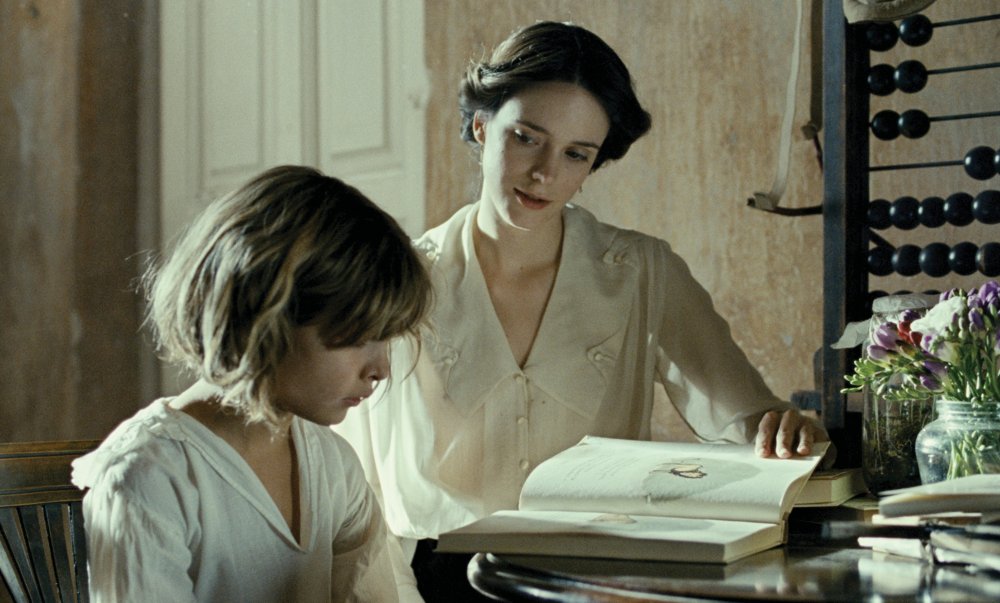
After watching “The Childhood of a Leader,” there is no doubt the directorial debut of American director-turned actor Brady Corbet was highly influenced by the filmmaking style of Austrian director Michael Haneke.
With a look in the debutant’s vita there is actually one collaboration between these two – the American remake of Haneke’s shocking masterpiece “Funny Games,” directed by Haneke himself. It seems as though Corbet copied a lot from the controversial filmmaker (this isn’t meant in a bad way at all). Without knowing, one would never perceive the movie as a debut. The mature and precise film could match with movies by much older and experienced directors.
While Haneke’s “The White Ribbon” illustrates the development phase of impressibility for fascistic ideas on a collective basis, “The Childhood of a Leader” works as the counterpart on a personal basis.
The movie chronicles the childhood of an upcoming totalitarian leader in the post-World War I era. Set in 1919, an American boy lives with his prosperous parents in France and has to face a stone cold home with constant emotional distance from his parents.
The movie illustrates the development of his dysfunctional ego up to his rise to being one of the big fascist leaders of the 1930s. Apart from the beautiful camera work by Lol Crawley and the Bernard Herrmann-inspired score of Scott Walker, the brilliantly reduced illustration of the protagonist’s wealthy but lonesome and heartless childhood is the movie’s standout feature.
Where are the roots of evil? What gives space to the ideas of fascism? “The Childhood of a Leader” gives an interesting insight into these kinds of questions without being overly didactic or striking.
8. Shame (Steve McQueen)
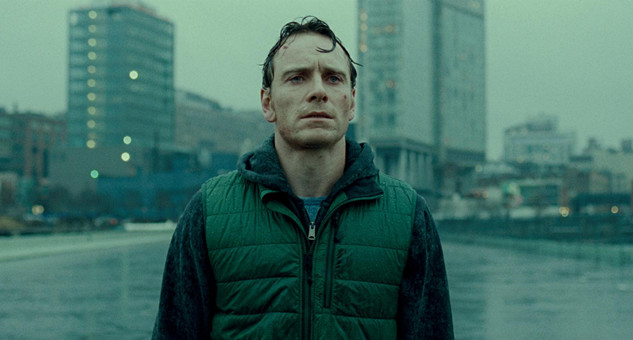
What makes Steve McQueen’s “Shame” such a strong character-driven drama is the way the acclaimed director presents the protagonist and his journey. Without trying to force the viewer into a distinct point of view, he simply shows us the actions of the character. The final opinion has to be made by the viewer.
“Shame“ tells the story of sex addict Brandon, whose life suddenly changes when his unstable sister Sissy enters his intimacy-free existence. For the audience, the movie offers a window to the character’s soul without any restrictions. His vulnerability, desires and abnormal will of self-destructiveness paint a picture of a man who is deeply troubled and has to face a wheel of emotional pain that circles deeper and deeper into suffering.
Aside from being a brilliant study of addiction and its destructive nature, the movie is a prime example of the depiction of loneliness. “Shame” knows how to present the fine difference between being lonely and being alone.
Brandon has sexual contact with prostitutes and several women, but nonetheless he suffers from constant loneliness at his core. He has huge difficulties accepting intimacy. His relationship with his sister suffers from that, as well as the contact with potential partners. The narrative doesn’t hide any of these aspects from the viewer, making “Shame” such an honest and true character study of a man in pure emotional pain.
7. Synecdoche, New York (Charlie Kaufman)
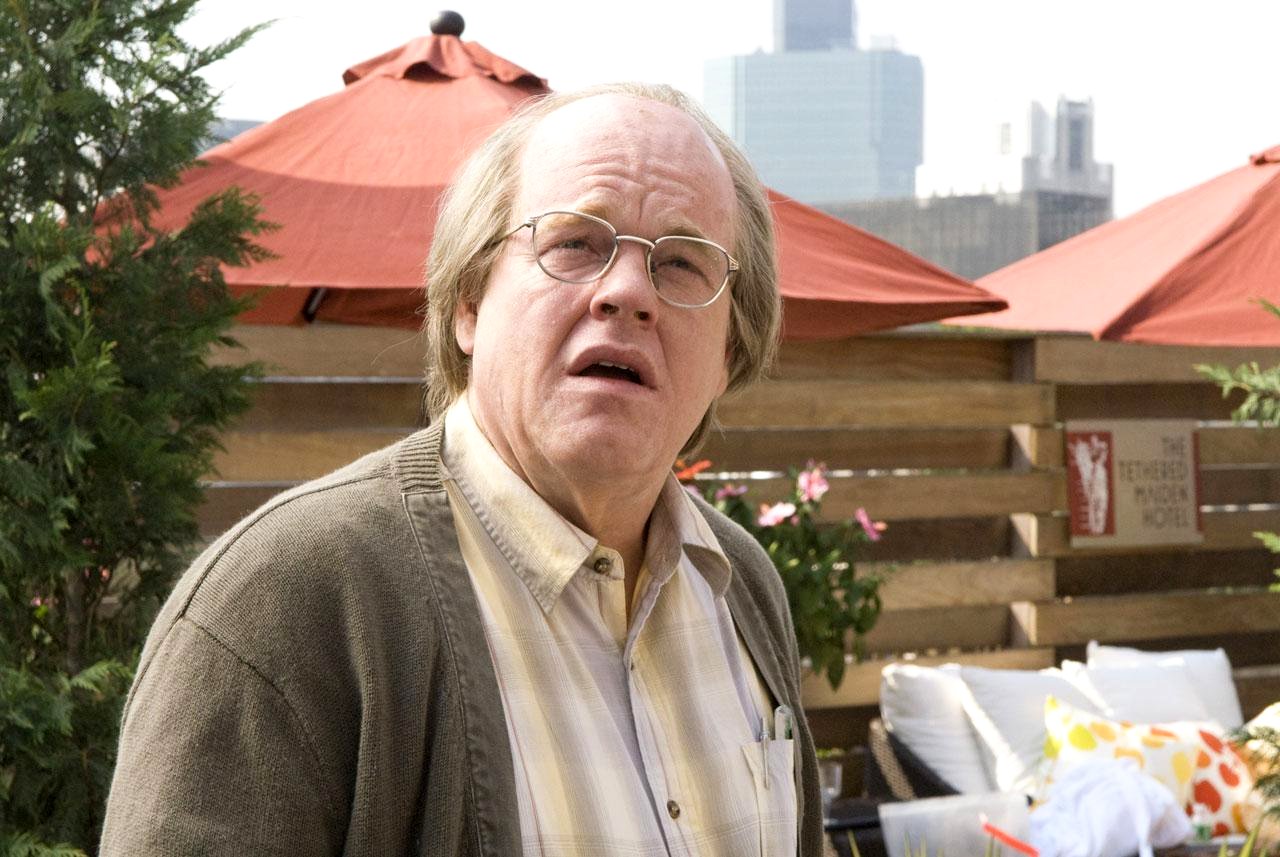
Charlie Kaufman made himself a name as a screenwriter with some of the most original stories of the late 1990s and early 2000s – “Being John Malkovich,” “Adaptation” and “Eternal Sunshine of the Spotless Mind.” His narratives live in the special and organic characters he creates. His directorial debut “Synecdoche, New York” is no exception.
The movie’s main character, playwright Caden Cotard, has to face a more than difficult turning point in his life. His marriage is a disastrous mess, as well as most of his interpersonal relationships. The work on his new play isn’t working the way it should and his thoughts increasingly circle around the presence of death.
Kaufman knows how to present his characters through action instead of through boring exposition talks. The narrative evolves organically, and part by part reveals Cotards personality. The viewer gets to understand his actions as well as his worldview and the way his perception starts to change, while influencing his play.
An analysis of the movie and its protagonist could fill hundreds of pages, but what matters most is the film’s quality as a character’s journey through life. Subtly the movie asks questions about the sense of life with death being present in all layers. And at the movie’s end, there might be knowledge for the viewer as well as for Caden Cotard.
6. Boyhood (Richard Linklater)
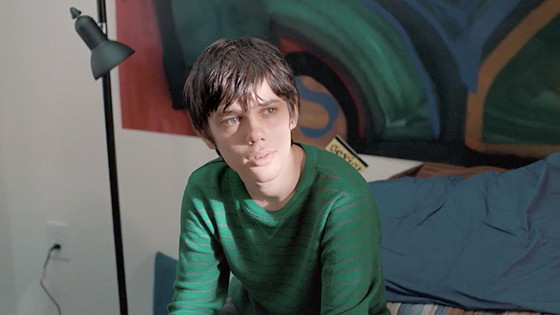
“Boyhood” is quite like no other movie on this list. To be exact, “Boyhood” is like no other movie at all. The film gives a completely different meaning to the term “character study.” With the premise of following a boy over the course of 12 years, the filmmakers did a cinematic experiment that had never been done before. The acting ensemble ages quite like the characters, giving the film a huge amount of originality and plausibility.
Touching on themes like parenthood and the interpersonal relationship between children and parents, the movie is an impressive illustration of a boy growing up. From the age of six, the audience follows the protagonist into the shoes of an adult. In the countless lines of dialogue we get a glimpse of the psychological state of the film’s protagonist and his changing relationships to his environment.
The movie doesn’t rely on the typical beats of a coming-of-age drama, but works as a constant flow of change, just the way growing up is for us. The movie manages to picture the vibrant transience of youth in three hours, just like one would look back at their own childhood and ask how it’s gone by so fast.